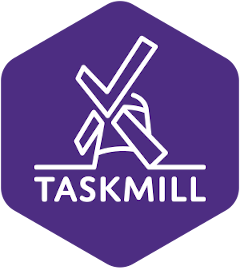Do you have a business-related challenge in your organization that has been bubbling under the surface for a long time, but has been difficult to address? Such challenges may include problems related to customer and product profitability, as well as a product and service portfolio that requires simplification. You may have already taken action to solve the challenge, but the root cause has remained elusive.
In our experience, organizations often have all the knowledge and expertise they need to solve their challenges. However, the obstacles to reaching a solution are often the time constraints of key personnel and finding effective ways of working together.
Clarifying the objective and creating a framework for problem-solving
- We will define and narrow down the challenge with you. At the same time, we will identify the experts and data from your organization that are needed to solve the challenge. The best solutions are found when the right experts work together. It is essential that the experts have the opportunity to work together without interruption and have transparency into the information needed to solve the challenge.
- We will create the framework for solving the challenge effectively. We will design work methods so that the work progresses systematically towards the goal.
- We will ensure that you have the opportunity to focus on thinking and problem analysis instead of thinking about work methods. At the same time, your organization will learn to use agile working methods in the future.
Solving the challenge in sprints
Solving the challenge progresses in two-week sprints, and the number of sprints depends on the scope of the challenge.
- The first sprint always focuses on analyzing the challenge to be solved and planning the work. During the sprint, we will:
- create a shared understanding of the challenge, the desired outcome, success criteria, and boundaries set hypotheses
- break down the challenge into pieces
- identify whether your organization has the necessary data and expertise to solve the challenge, or whether it needs to be supplemented in some way.
- Next, we will move on to the sprints needed to achieve the actual solution. These sprints always have a clear topic boundary.
- For example, if customer profitability is at issue, a sprint may focus on analyzing a specific group of customers.
- From the perspective of simplifying the product portfolio, an individual sprint may focus on modeling the lifecycle or analyzing profitability of a specific product category.
- Sprints typically consist of sprint planning, daily meetings, facilitated workshops related to solving the challenge, sprint review, and retrospectives. Retrospectives always provide lessons learned from the completed sprint and ensure that the next sprint is better than the previous one.
Progressing in sprints ensures that solving the challenge is goal-oriented and transparent. An old saying goes that it is much easier to eat an elephant in pieces than whole. Clear topic boundaries enable concentration and rapid adaptation of work as needed.
If you need efficiency in problem-solving, do not hesitate to contact us.
